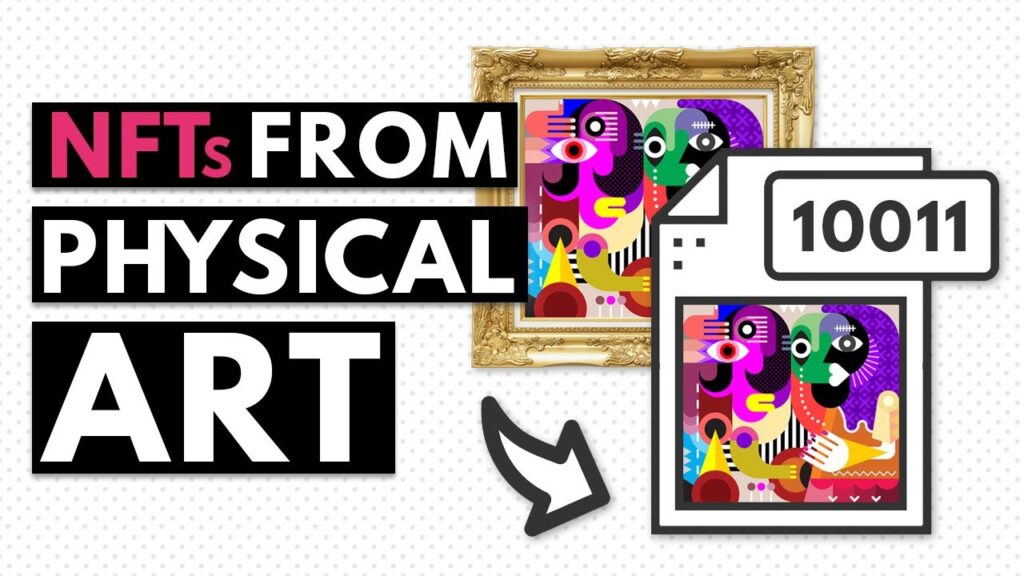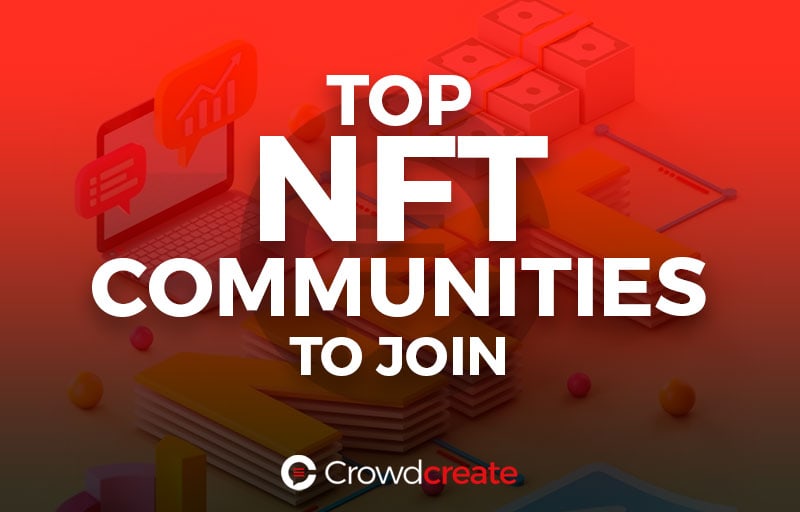As the world of cryptocurrency continues to expand, non-fungible tokens (NFTs) have become the latest buzzword in the industry. NFTs are unique digital assets that represent ownership of a particular item or piece of content, such as artwork, music, or even tweets. With the growing popularity of NFTs, many entrepreneurs and creators are looking to capitalize on the trend by creating their own NFT minting websites.
While the idea of creating an NFT minting website may seem daunting, it is actually quite achievable with the right guidance and tools. In this article, we will explore the steps involved in creating an NFT minting website, including choosing a blockchain platform, creating a smart contract, and integrating payment gateways. Whether you’re an artist looking to monetize your digital creations or a tech enthusiast looking to build the next big thing, this guide will provide you with the knowledge and resources you need to get started.
Creating an NFT Minting Website:
- First, identify a platform that supports NFT minting. Popular choices include OpenSea, Nifty Gateway, and Ethereum.
- Next, create an account with the platform of your choice and verify your identity.
- Once your account is verified, create and upload assets to the platform.
- Then, create an NFT contract with the platform.
- After that, set pricing and other conditions for the NFT sale.
- Finally, launch your NFT sale and start minting NFTs.

Creating an NFT Minting Website
Non-Fungible Tokens (NFTs) are digital assets that are traded on blockchain technology. They are unique and provide the opportunity to create and manage digital assets in a secure, immutable way. This makes them an attractive asset class for businesses and individuals alike. Creating an NFT minting website allows users to create, trade, and manage NFTs in a secure and decentralized manner.
Step 1: Setup the Infrastructure
The first step in creating an NFT minting website is to setup the necessary infrastructure. This includes setting up a blockchain node, a digital wallet, and a web server. Once these have been setup, you can begin to create the website itself.
The blockchain node will act as the backbone for your website, allowing users to interact with the various NFTs that you create. The digital wallet will allow users to store, send, and receive their NFTs. Finally, the web server will host the website itself. This will allow users to access the website from any device with internet access.
Step 2: Design the Website
Once the infrastructure has been setup, you can begin designing the website. This includes choosing a web design framework, designing the user interface, and writing the code that will power the website. It is important to make sure that the website is intuitive and easy to use, as this will ensure that users can interact with the NFTs with minimal difficulty.
When designing the user interface, it is important to keep in mind the specific needs of your users. For example, if you are creating an NFT marketplace, you will need to create a marketplace platform that allows users to easily find and purchase NFTs. On the other hand, if you are creating an NFT auction website, you will need to create an auction platform that allows users to easily bid on and purchase NFTs.
Step 3: Develop the Platform
Once the website has been designed, the next step is to develop the platform. This includes writing the code that will power the website, setting up the necessary databases, and ensuring that the platform is secure. It is important to make sure that the platform is secure, as this will ensure that users’ data is protected.
Once the platform has been developed, it is important to test it thoroughly before launching it. This includes testing the user interface, ensuring that all of the code is working correctly, and testing the security of the platform. Once the tests have been completed, the website can be launched and users can begin to interact with the NFTs.
Step 4: Promote the Platform
The final step in creating an NFT minting website is to promote the platform. This includes creating social media campaigns, engaging with influencers, and engaging with the NFT community. It is important to make sure that the platform is promoted in a way that is appealing to users, as this will ensure that the website has a high user base.
Once the platform has been promoted, it is important to continue to monitor the platform and make sure that it is running smoothly. This includes fixing any bugs or errors that may arise, responding to user feedback, and making sure that the platform is secure. By doing this, you will ensure that the platform is successful and users will be able to enjoy their experience.
Frequently Asked Questions
Creating a NFT minting website is a great way to get your artwork, music, or other digital collectibles out into the world. In this guide, we’ll answer some of the most common questions about setting up your own NFT minting website.
Q1: What is NFT Minting?
NFT Minting is the process of creating and distributing digital collectibles, such as digital art, music, or other digital assets. NFTs are different from other digital assets because they are unique, non-fungible tokens that exist on a blockchain. This means that each NFT is tracked on the blockchain and is linked to a specific owner. NFTs can be bought and sold, and their value can fluctuate based on demand. NFTs are becoming increasingly popular as a way for artists and other digital creators to monetize their work.
Q2: What do I need to create an NFT Minting Website?
Creating an NFT minting website requires a few different things. First, you will need a domain name, hosting, and a website builder. You will also need to choose a platform that supports NFT minting, such as Ethereum, WAX, or Flow. You will also need to create an NFT wallet, which is where your NFTs will be stored and tracked. Finally, you will need to create and configure your website, including adding your artwork or other digital assets.
Q3: How do I create an NFT wallet?
Creating an NFT wallet is an important step in setting up your NFT minting website. You will need to choose a wallet provider and create an account, then follow the instructions to set up your wallet. For the most part, this involves linking your wallet to your website and configuring it so that you can accept payments in the form of NFTs.
Q4: How do I add my artwork or other digital assets?
Once you have set up your NFT minting website, you will need to add your artwork or other digital assets. This can be done by uploading your artwork to the platform, or by linking to an external source such as a website. Once you have uploaded your artwork, you will need to set the price and other details for each NFT. You can also add additional information, such as descriptions and images, to help buyers learn more about your artwork or other digital assets.
Q5: How do I get people to buy my NFTs?
Once your NFT minting website is set up, you will need to promote your artwork or other digital assets in order to get people to buy them. You can do this by creating a website or social media presence and using it to post your artwork, or by using online marketplaces such as OpenSea. You can also use platforms such as Twitter, Instagram, and Reddit to promote your artwork and reach more potential buyers. Additionally, you can join groups and communities related to your artwork or other digital assets to help build an audience and get more eyes on your work.
In conclusion, creating an NFT minting website can seem daunting at first, but with the right tools and knowledge, it can be a rewarding experience. Remember to research and choose a platform that fits your needs, design an intuitive user interface, and ensure that your smart contracts are secure and audited. Keep in mind that the NFT market is constantly evolving, so staying up-to-date with industry trends and regulations is crucial for the success of your website.
Ultimately, by creating an NFT minting website, you have the potential to empower artists and creators to tokenize their unique digital assets and reach a global audience. With the rise of blockchain technology and the increasing demand for NFTs, the possibilities are endless. So whether you’re a seasoned developer or a beginner in the world of web development, don’t be afraid to take the leap and embark on this exciting journey.


